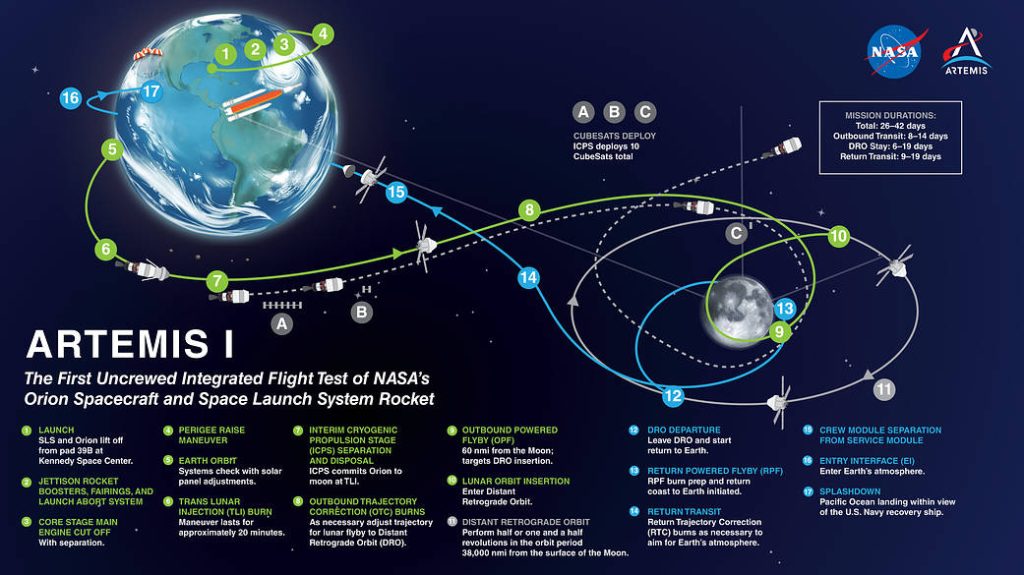CONTENTS
- Road to net-zero status
- Birsa Munda
- Is climate change affecting global health?
- Artemis I Mission
Road to Net-Zero Status
Context:
A year after announcing its intention to achieve a net-zero emission status by 2070, India told the world how it was going to reach there.
Relevance:
GS III: Environment and Ecology
Dimensions of the Article:
- Some of the measures listed by India
- India’s strategy
- Scepticism on carbon removal tech
- Research and Development
Click Here To Read More: Road to Net-Zero Status
Birsa Munda
Context:
On the occasion of the birth anniversary of tribal leader Birsa Munda, the Centre marked the second Janjatiya Gaurav Divas to celebrate the contributions of tribal communities to Indian culture.
Relevance:
GS I: History
Dimensions of the Article:
- What was the situation of Jharkhand’s tribals in the 18th century?
- About Birsa Munda
- What was the role Birsa Munda played?
- What was the Ulgulan movement?
Click Here To Read More: Birsa Munda
Is Climate Change Affecting Global Health?
Context:
Even as countries are meeting at the ongoing Climate Change Conference (COP27) in Egypt, a recent report by Lancet, has traced in detail the intimate link between changing weather events and their impact on the health of people.
Relevance:
GS III: Environment and Ecology
Dimensions of the Article:
- What does the report outline?
- Is the world dependent on fossil fuel?
- Are there any solutions?
Click Here To Read More: Is Climate Change Affecting Global Health?
Artemis I Mission
Context:
The debut flight of the rocket was scrubbed twice earlier, on August 29 and September 3, after technical issues were detected during the countdown. This mission, known as Artemis 1, is unmanned, and is intended to test the rocket and the Orion space capsule, in which astronauts will ride on future missions.
Relevance:
GS III: Science and Technology
Dimensions of the Article:
- About Artemis I Mission:
About Artemis I Mission:

- It’s been a half century since the six Apollo human Moon landings between 1969 and 1972.
- Since then, spacecraft have travelled beyond the solar system, exploratory missions have probed Mars, Jupiter, and Saturn, more than 500 astronauts have made return trips to space, and permanent space labs have been set up.
- What remains to be achieved, however, is the promise of transporting humans to new worlds, of landing and living on other planets, or maybe meeting aliens.
- Artemis 1 is seen as the first step into that new space age.
- In the missions that will follow, human beings will go back to the Moon, explore the possibilities of long lunar stays, and assess the potential of the Moon as a launch pad for explorations into deep space.
- While the mission objectives of Artemis 1 itself are humble — it is only a lunar Orbiter mission even though, unlike most Orbiter missions, it has a return-to-Earth target — it is intended to lay the foundations for more complex and ambitious missions.
- The CubeSats it will carry are equipped with instruments meant for specific investigations and experiments, including searching for water in all forms and for hydrogen that can be utilised as a source of energy.
- Biology experiments will be carried out, and the impact of deep space atmosphere on humans will be investigated through the effect on dummy ‘passengers’ on board Orion.
- The SLS rocket, the most powerful ever built, will also be on test for its potential for more ambitious missions in the future.
-Source: Indian Express



